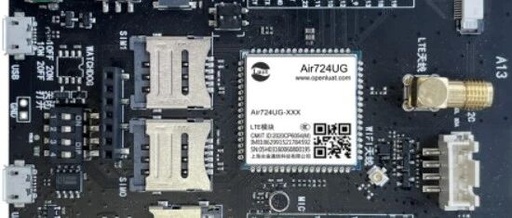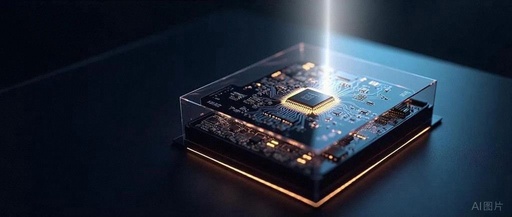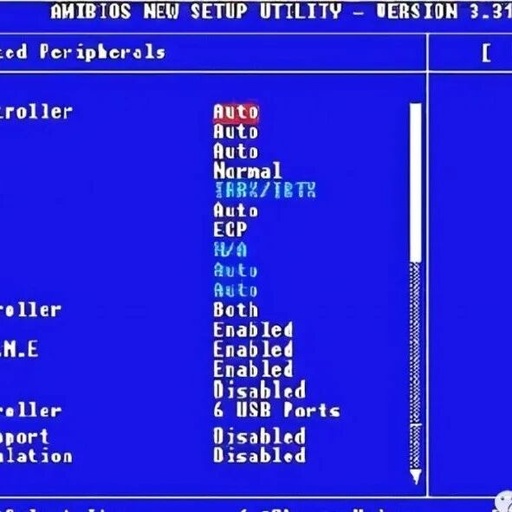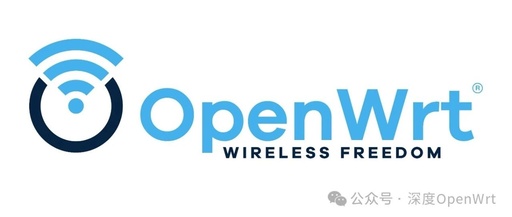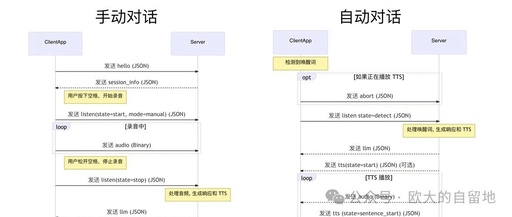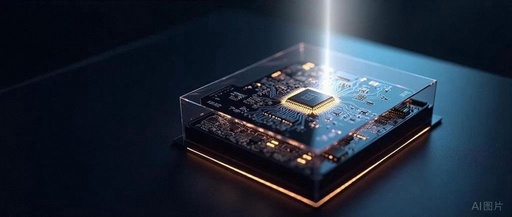LuatOS Development Practice: SPI Example
Read the latest documentation and participate:【Find Errors in Documentation and Win Prizes】 ActivityFor the latest documentation content of this article, see:https://docs.openluat.com/air724ug/luatos/app/driver/spi/ 1. Introduction SPI stands for Serial Peripheral Interface. SPI is a high-speed, full-duplex, synchronous communication bus that only occupies four lines on the chip pins: SDI (Data Input), SDO (Data Output), SCLK (Clock), and … Read more
